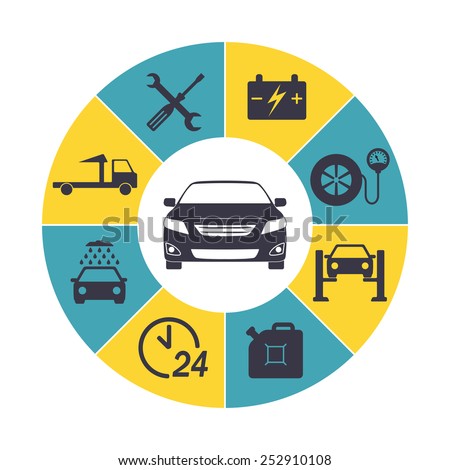Wondering Concerning The Meaning Behind Those Control Panel Caution Lights? Gain Understandings Into Their Implications For Your Automobile'S Safety And Upkeep
Wondering Concerning The Meaning Behind Those Control Panel Caution Lights? Gain Understandings Into Their Implications For Your Automobile'S Safety And Upkeep
Blog Article
Authored By-Higgins Alvarado
When you lag the wheel, those beautiful caution lights on your control panel can be a little bit complicated. Do you recognize what they're attempting to tell you regarding your automobile's health? Recognizing the significance of these lights is essential for your security and the longevity of your lorry. So, the following time among those lights pops up, wouldn't you wish to understand its message precisely and take the needed steps to address it?
Common Caution Lighting and Interpretations
Determine common warning lights in your automobile and recognize their meanings to guarantee safe driving.
The most regular caution lights include the check engine light, which indicates concerns with the engine or emissions system. If this light begins, it's critical to have your automobile examined quickly.
The oil pressure cautioning light shows low oil stress, calling for instant attention to stop engine damage.
A blinking battery light could recommend a malfunctioning charging system, potentially leaving you stranded if not attended to.
The tire pressure monitoring system (TPMS) light signals you to reduced tire stress, influencing car security and gas effectiveness. Neglecting this can result in risky driving conditions.
The abdominal muscle light shows a trouble with the anti-lock braking system, endangering your capacity to stop rapidly in emergencies.
Last but not least, the coolant temperature warning light warns of engine overheating, which can result in extreme damages otherwise resolved quickly.
Recognizing these common warning lights will certainly help you deal with issues immediately and preserve risk-free driving conditions.
Importance of Prompt Attention
Recognizing the common warning lights in your cars and truck is just the primary step; the relevance of immediately attending to these cautions can't be stressed sufficient to ensure your safety and security on the road.
When professional car cleaning illuminates on your dashboard, it's your auto's method of communicating a prospective concern that requires focus. Overlooking https://www.aftermarketnews.com/napa-auto-parts-universal-technical-institute-form-new-strategic-alliance/ can result in more serious issues in the future, endangering your safety and security and possibly costing you more out of commission.
Prompt interest to advising lights can avoid break downs and accidents. For https://engineremapping74951.buyoutblog.com/30001220/annual-car-describing-guide-preparing-your-car-for-seasonal-modifications , a flashing check engine light could indicate a misfire that, if left ignored, could trigger damage to the catalytic converter. Resolving this without delay can save you from an expensive repair service.
In a similar way, a brake system advising light may signal low brake liquid or used brake pads, crucial elements for your security when driving.
Do It Yourself Troubleshooting Tips
If you see a caution light on your dashboard, there are a couple of DIY repairing pointers you can try prior to seeking expert help.
The initial step is to consult your cars and truck's manual to understand what the details warning light suggests. Occasionally the concern can be as simple as a loose gas cap causing the check engine light. Tightening the gas cap might deal with the trouble.
An additional typical problem is a reduced battery, which can activate different advising lights. Checking the battery links for rust and guaranteeing they're safe may take care of the trouble.
If a caution light continues, you can try resetting it by detaching the cars and truck's battery for a few mins and after that reconnecting it. Additionally, examining your vehicle's liquid degrees, such as oil, coolant, and brake liquid, can help troubleshoot cautioning lights related to these systems.
Final thought
To conclude, recognizing your car's caution lights is essential for keeping your vehicle running smoothly and securely. By promptly dealing with these informs and understanding what they indicate, you can stay clear of pricey fixings and possible breakdowns.
Remember to consult your automobile's handbook for certain details on each warning light and take action appropriately to make certain a trouble-free driving experience.
Keep informed, remain safe on the road!
